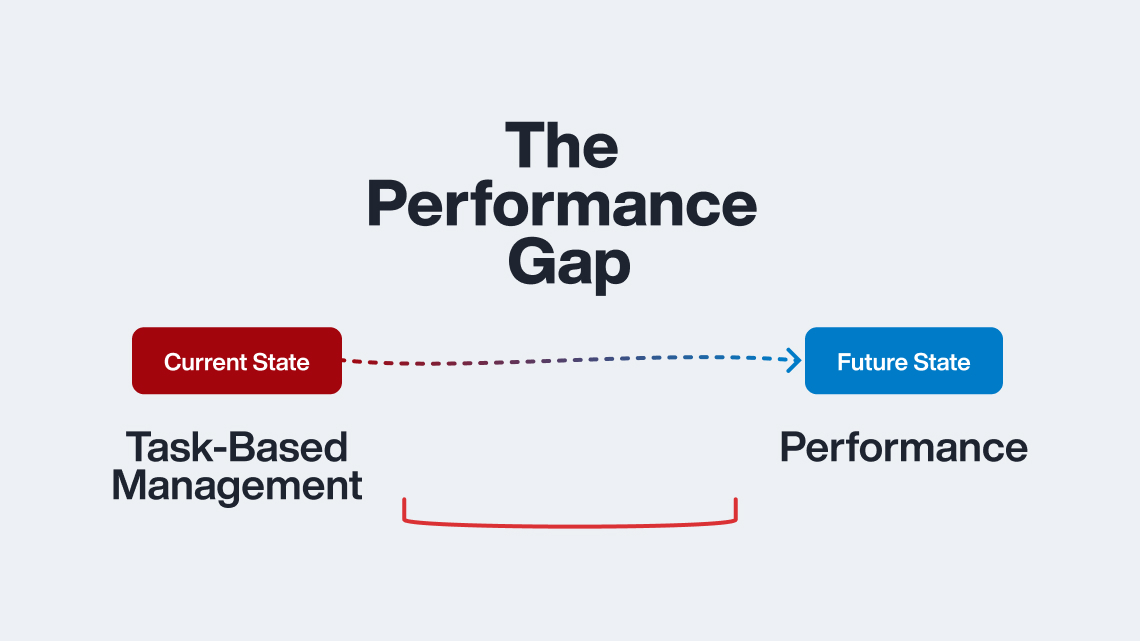Published on November 6th, 2012
By Aimee Miller
Mold is a rotten problem to have! The best way to save yourself the hassle is to do preventative maintenance of bathrooms, kitchens, and roofs to avoid water damage.
However, sometimes a case of mold passes under your radar and you get that unfortunate call from a tenant. Mold can be a legal liability to you as a landlord, so never overlook its importance. Some molds are toxic and many people are highly allergic to mold, and consequently massive lawsuits have been awarded to tenants for health damages. Although partial responsibility of keeping mold problems under control falls onto the tenants, you are ultimately the one at risk in these lawsuits, so make sure to take complaints about mold seriously.
Assessing The Damage
The first thing you should do is get an environmental services company to assess the damage. They can do tests to determine the toxicity and give valuable advice on fixing the problem. Fortunately, sometimes fixing a mold problem, especially non-toxic instances, can be as easy as cleaning the area with bleach and painting it over with anti-mold primer. Sometimes, it can take replacing drywall or wood, if the mold has penetrated beyond the surface. If this is the case, make sure to go the extra mile to eradicate the problem, because mold can grow back if even a small amount is left in the material. Mold is like a stubborn weed, so make sure you get the deep roots out.
Making Sure Mold Doesn’t Return
Once the problem is fixed, it is important to follow up with strategies to prevent it in the future. The mold developed for a reason and if the original environment remains the same, it could come back with a vengeance and undue all the work you just put in, costing you even more money.
The most important thing to check for with regards to mold prevention is proper ventilation. Ideally, a ventilation fan should be installed in every bathroom, but at least a window should be able to be opened. Also, look for areas of the property that are prone to collect water, such as windowsills in bathrooms, as this can create mold and rot, a bad combination. Think about replacing wood sills with tile so water can’t penetrate. It is also important to check your basements, because mold problems can start here and spread to units close by. In addition, think about installing a dehumidifier in any areas that have a history of mold.
Take the discovery of mold as an opportunity for a comprehensive clean-up, checking your properties thoroughly and preventing future outbreaks.








1 Pingback